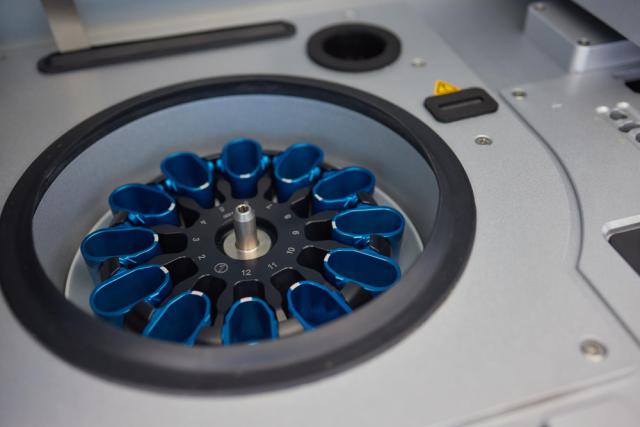
The evolution of GPU architecture has revolutionized gaming, artificial intelligence (AI), and high-performance computing (HPC). The global GPU industry was valued at $37.02 billion in 2022, with a projected CAGR of 12% from 2023 to 2030. The increasing adoption of parallel processing in graphics processing units (GPUs) enables them to handle complex computations and graphical rendering at speeds significantly faster than traditional CPUs.
GPU vs. CPU: Architectural Comparison
The key distinction between GPU and CPU architecture lies in parallelism and core structure:
- GPU cores are smaller but more numerous, allowing massive parallel processing.
- CPUs have fewer cores, but they are optimized for single-threaded performance.
AI Model Training & Scientific Computing
The demand for AI model training, real-time rendering, and simulations has driven GPU innovation. NVIDIA CUDA cores and AMD Compute Units provide high-speed computation for deep learning and other data-intensive applications.
GPU Design Innovations: Ray Tracing & Tensor Cores
Modern GPU architecture incorporates advanced features that enhance performance and realism:
- Ray Tracing
- Mimics real-world light behavior, creating lifelike visuals.
- Found in NVIDIA RTX and AMD RDNA 2 architectures.
- Tensor Cores
- Specialized AI processors that accelerate matrix calculations.
- Improves deep learning performance, used in NVIDIA’s AI GPUs.
- Variable Rate Shading (VRS)
- Optimizes rendering resources, improving gaming performance.
- Reduces GPU workload by adjusting shading rates dynamically.
Memory and Bandwidth: The Key to GPU Performance
Optimizing GPU memory architecture is essential for high-speed computing. Several factors impact GPU efficiency:
- Memory Bandwidth
- GDDR6X and HBM2 memory deliver higher transfer speeds, reducing bottlenecks.
- Cache Hierarchy
- Improved caching techniques reduce latency and accelerate data retrieval.
- Smart Access Memory (SAM)
- Enables direct CPU-GPU communication, enhancing gaming and AI workloads.
- AMD’s Infinity Cache reduces latency, optimizing bandwidth usage.
Industry Leaders Driving GPU Innovation
Major GPU manufacturers continuously refine architectures to improve power efficiency, scalability, and AI acceleration:
- NVIDIA Hopper Architecture: High-performance Tensor Core processing for AI and data center applications.
- AMD RDNA 3: Enhances power efficiency and computational speed for gaming and content creation.
- Intel Arc GPUs: Competitive ray tracing and AI-powered upscaling, entering the high-performance GPU industry.
Final Thoughts
The next-generation GPU industry is shaping the future of AI, gaming, and computing. Ongoing GPU processing advancements will drive greater efficiency, performance, and scalability.
With continued innovations in memory optimization, AI acceleration, and parallel computing, GPUs will remain at the forefront of high-performance computing and artificial intelligence.






